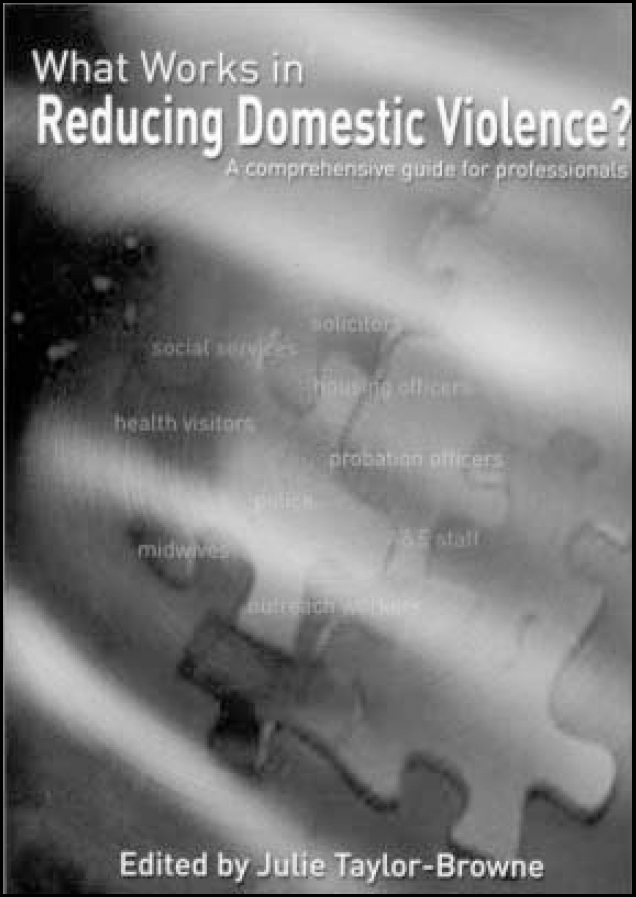
Is domestic violence a psychiatric issue or only one for child psychiatrists? There are few articles on the subject in the British psychiatric literature and even this excellent little book, which systematically covers many aspects of the subject, has little to say about psychiatric services.
The book is a collection of reports commissioned by the Home Office crime reduction programme Violence Against Women Initiative. While this occasionally leads to repetition, it ensures that each topic - such as women survivors' views, the needs of children, policing and prosecution, is complete in itself.
From the health point of view, it confirms what has emerged before - that a presentation to a health professional is an opportunity to make an enquiry or confirm a suspicion, which would probably be welcomed by the woman concerned. Professionals, however, are often reluctant to make these enquiries for fear of possibly making matters worse, and anyway, do not know how to offer help. But what has been found to help?
Women survivors of domestic violence found most help from the refuge system, even though these are often crowded and difficult to access. The contributors argue that while much has been done via the establishment of local domestic violence fora to promote interagency collaboration, these may simply add to the burden of work for small voluntary agencies, without supporting their core work. The provision of offender services, excellent in principle, can also be seen as an opportunity cost, especially when successful schemes are difficult to establish.
What should this have to do with a Community Mental Health Team? The sole reference I found on this topic merely suggested that domestic violence was an inappropriate ground for referral by general practitioners. Nevertheless, the psychological consequences may be grave and should be considered. Curiously, in both adult and child mental health, if the assault is sexual then it is more likely to be successfully referred and there is extensive literature in this field. Surely, however, clients of Community Mental Health Teams should be being assessed both for their likelihood (risk) of being violent to their partners and for their risk of experiencing harm? The consequences for any children in the home should also be considered. The ‘not knowing what to do’ syndrome could be mitigated by having in each team a resource base of local information, one worker with a specialist interest and access to information and evidence, such as is provided by this book.



eLetters
No eLetters have been published for this article.